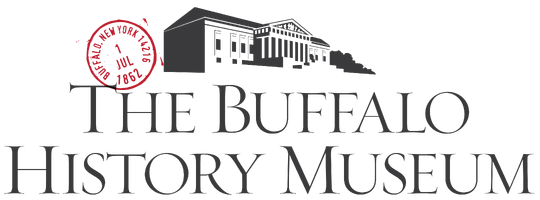One of the series of popular turn-of-the-century international expositions, the Pan-American Exposition of 1901 emphasized Western Hemisphere production and trade. The Pan-Am flaunted America's status as a leading international power after the victory from the 1898 Spanish-American War. In ths engaging pictoral history, discover the relationship between the exposition and its host city of Buffalo, and the triumphs and tragedies it endured.
Authors Thomas Leary and Elizabeth Sholes have served as interpretive history consultants and advisors to national and international industrial heritage projects. They bring the images to life with a thoroughly researched and informative text. Discover the booming Buffalo of 1900, with its links to midwestern agriculture and eastern markets. The city had abundant electric power, was home to several important industries, and had influential leadership. A logical venue for the exposition, Buffalo became home to a fair that paid tribute to the nation's industrial, agricultural, and commercial dominance. Along with Chicago in 1893 and other fairs that followed, the Pan-Am combined high-toned self-promotion in the formal exhibits with midway displays that made sport of other cultures and races. The exposition came to a shattering close with the assasination of President William McKinley on its grounds in September. Neither the fair nor the city fully recovered.
Buffalo's Pan-American Exposition explores a unique time in American history. Historians, scholars, and residents alike will delight in his fascinating collection of images from Buffalo and Erie County Historical Society.

